Each year more and more people are trying to grow a wide variety of native plants for their region. These are just a preview of some of the finest landscaping trees native to Tennesee.
The Eastern White Pine also called the Pinus strobus is a very sturdy tree with much value. Their seeds are preferred by black bears, rabbits, fox squirrels, and many birds. The bark is eaten by animals like beavers, snowshoe hares, porcupines, rabbits, and mice which causes great damage to the tree. White pines supply an abundance of nesting areas for many birds including woodpeckers, common grackles, mourning doves, chickadees, and nuthatches.
Another popular tree is the Black Tupelo, also known as Nyssa sylvatica or black gum.
The fruit of the black gum tree draws in many birds and wildlife. It also supplies the bees nutrition in the early to late spring seasons.
The Hackberry tree or Celtis occidentalis is a tough and rather durable tree. The fruit of the tree is favored among winter birds, most commonly the cedar waxwing, mockingbird, and robin. The tree also lures butterfly species like American snout, hackberry, mourning cloak, and tawny emperor.
The American Beech or Fagus grandifolia is a slowly grown sturdy tree. Beechnuts fall from the tree and are eaten by birds and mammals. They are a very important nutrient for chipmunks and squirrels.
Another rather common tree in the area is the Red Buckeye or Aesculus Pavia. It grows in an oval shape and blooms in April and May. The red blossoms entice hummingbirds and butterflies. Fox squirrels tend to also eat the buckeyes.
Last but surely not least is the Pecan tree or Carya illinoinensis. It should be planted in multiples to make sure it pollinates. They typically live more than 3 years. The nuts are gathered and eaten by squirrels, deer, raccoons, foxes, wild turkeys, wood ducks, crows, blue jays, and many other bird species.
Learn about more Landscaping Trees!




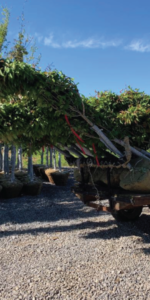
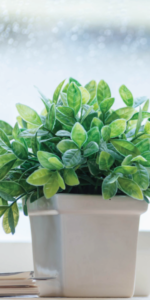
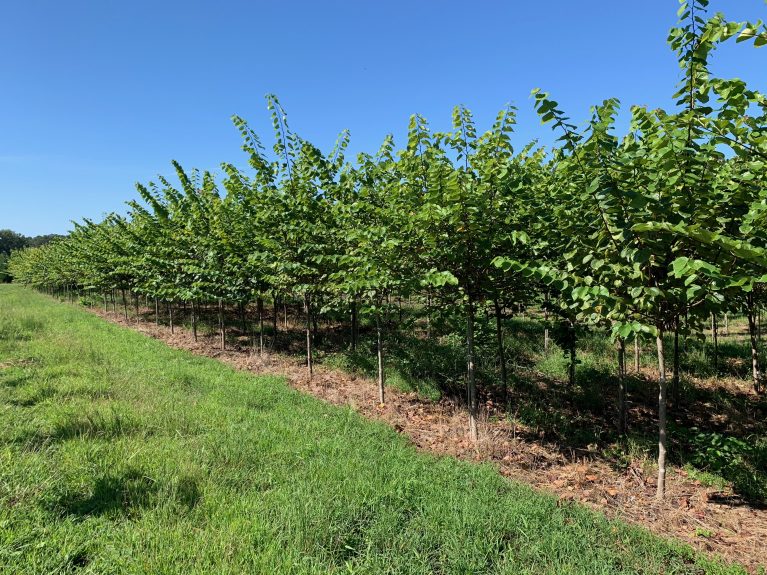
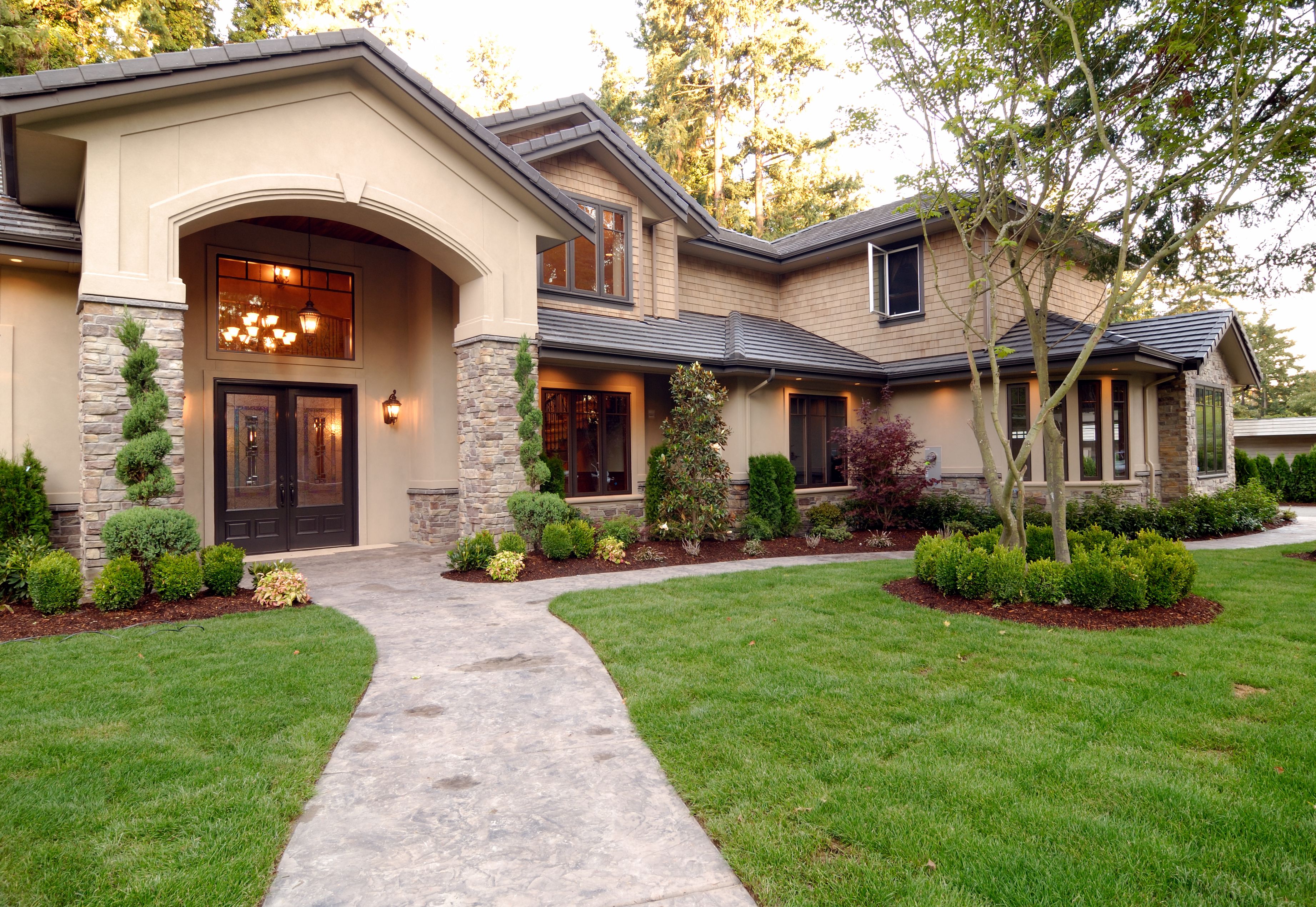
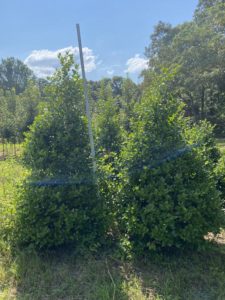
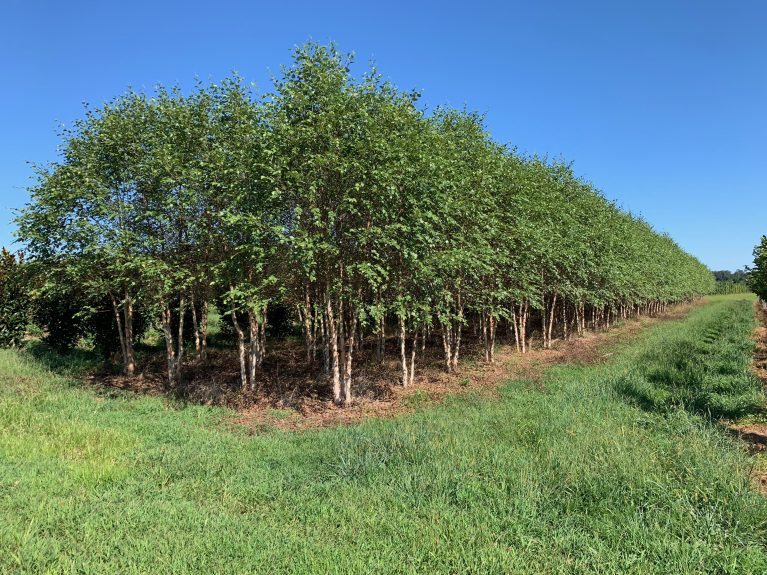
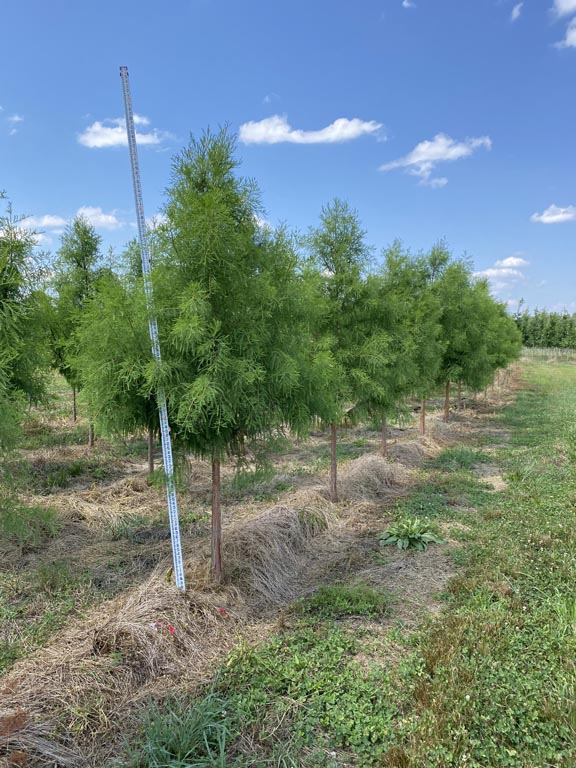
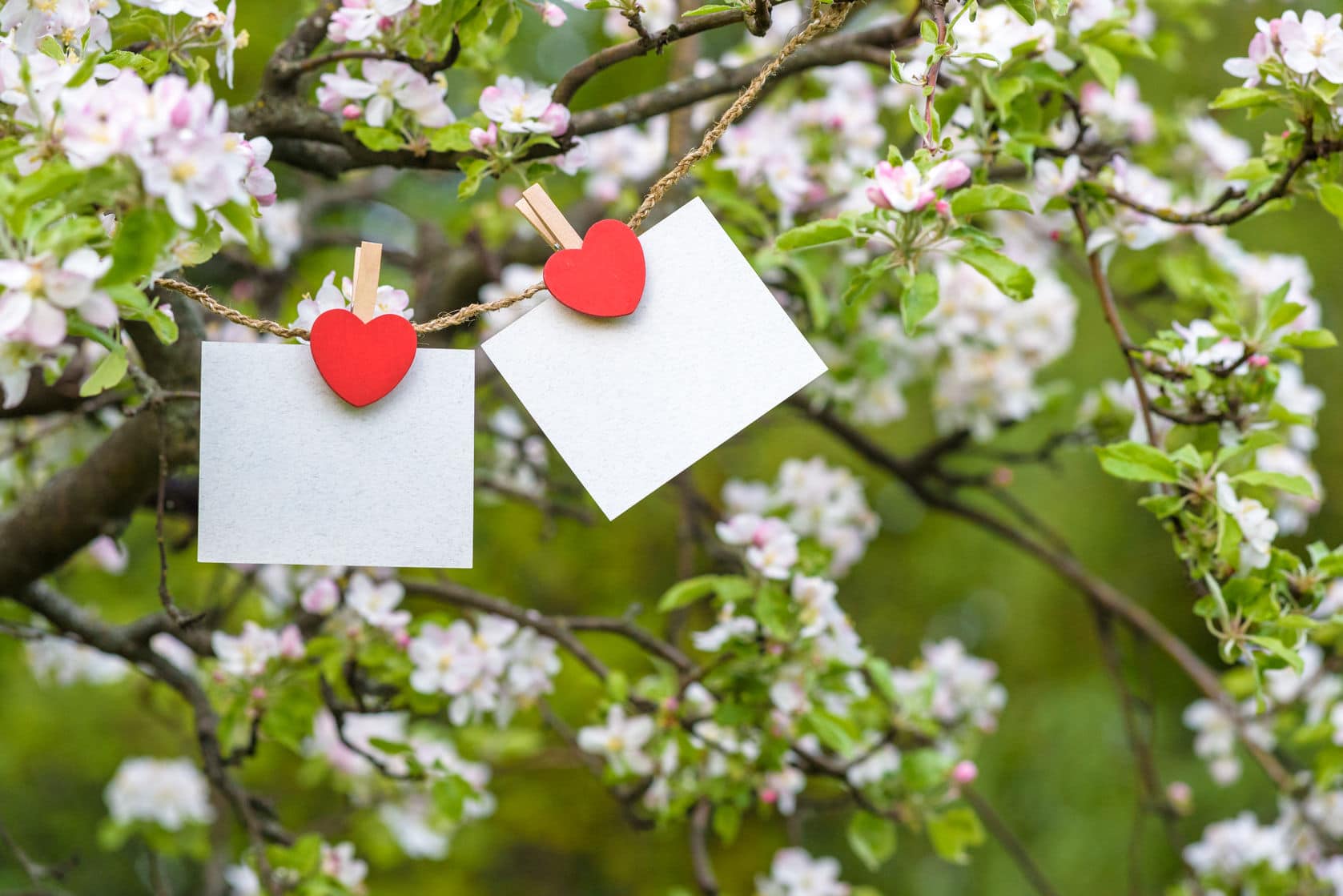
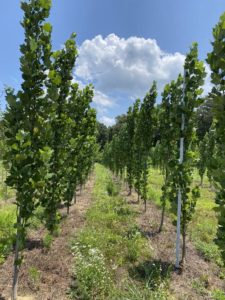
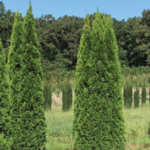

Recent Comments